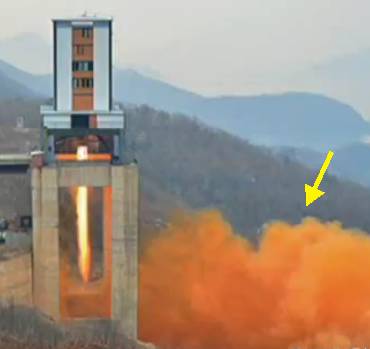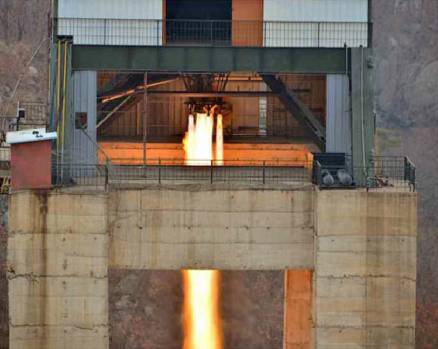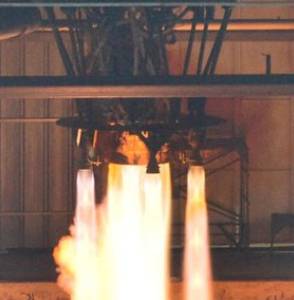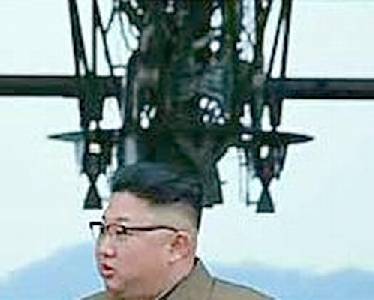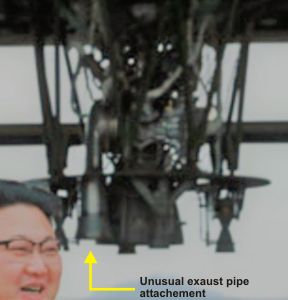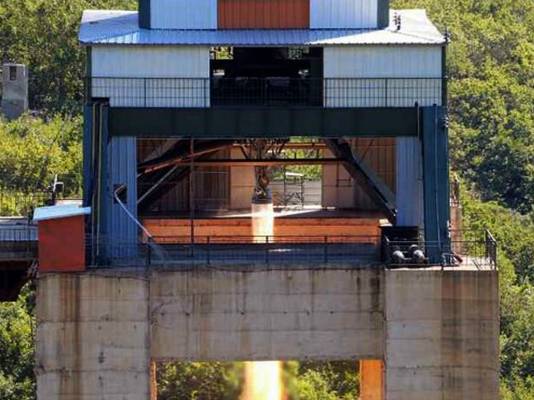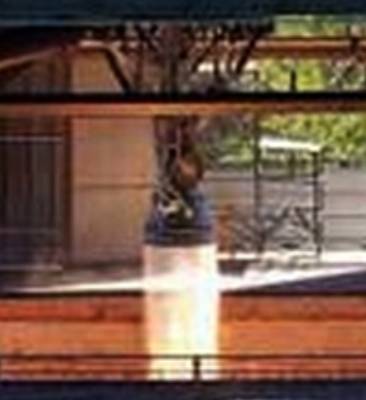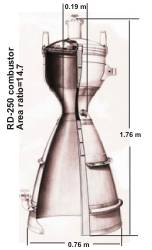|
North Korea's "Pektusan" is a replica of the Glushko RD-250 engine
Norbert Brügge, Germany
Upload: 2016; Update:
11.10.2022
| October, 12, 2021
-- At the exhibition of a North Korean missile arsenal also is to
see the fully "Pektusan-A1"
engine, used for the HS-12, HS-14, HS-16 and HS-18, at first time
!!! |
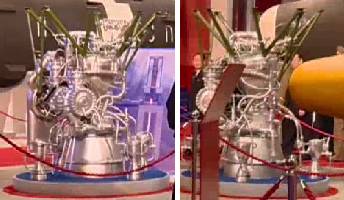
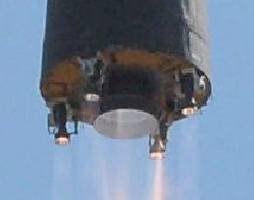
|
August 17, 2017 -- Now this should be said to the partly nonsensical
statements in the media about the North Korean engine:
- The engine is undoubtedly an Energomash RD-250 (type of turbopump
is the best proof; position of the TP is typical of this Glushko engines
serie, outline and dimensions of the combustor are identical; thrust
is comparable: vac 2 x 41 t. Both are engines with open gas generator
cycle. Who wants to know something about the engine, look here:
R-16 missile engine derivative
- We now also have a
detail from
the TP that can be seen in a North Korean video.
That should
be the proof that they build the engine itself.
- Meanwhile Ukraine's state space agency has cofirmed my analysis
from Sept. 2016 that the rocket engine used to launch North Korea's
most recent intercontinental ballistic missile is the same as the type
of engine used by Ukraine-made space vehicles (UPI Aug. 16).
- The engine was not acquired recently by North Korea, probably
already illegal in the time of the disintegrating Soviet Union. Many
depots and museums were unattended. I believe that in this period North
Korea has illegal acquired many Soviet rocket technology (old SLBM's
and LLBM's).
- So the Ukrainian government or Pivdenmash (Yushmash) were not
involved in the RD-250 transfer and are thus falsely accused.
- The tested engine (one combustor) is specially made for the
HS-12 and HS-14. The turbopump operates in the throttle mode (possibly
reducing the rotation).
- North Korea will no longer operate the project HS-10 and HS-13 after
failures with the SLBM engine 4D10. Probably in 2014, they have decided
to use the stored RD-250 clone for new military missiles. However, they
have used a lot of time for cloning, I believe this without any other
help.
- After the launch tower has been extended considerably on the Sohae
Launch Center, it is to be assumed that the complete engine is planned
for a new larger carrier rocket, which we will soon see. Three twin-combustors
of this engine are probably needed for this carrier rocket.
|
|
|
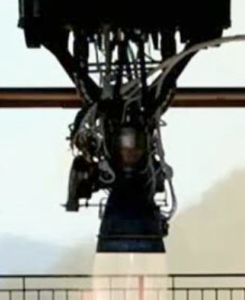
Engine
test arrangement
(We can not
see whether the turbopump,
mounted on a platform, is in action)
|

RD-250 engine
|
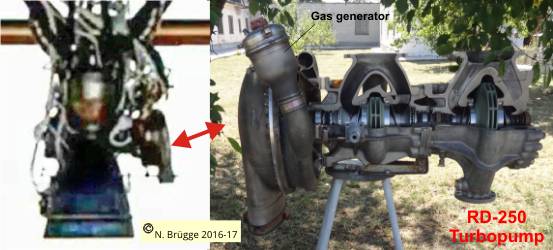
Note:
The turbopumps of the engines RD-217 (R16; Saddler), RD-250 (R-36; Scarp)
and RD-250PM (Tsiklon) are absolutely comparable !
The illustrated turbopump (right) for the engine 8D723
(RD-250) was photographed by a visitor in 2014 at the Museum of Strategic
Rocket Forces in Pervomaysk (Ukraine).
|

